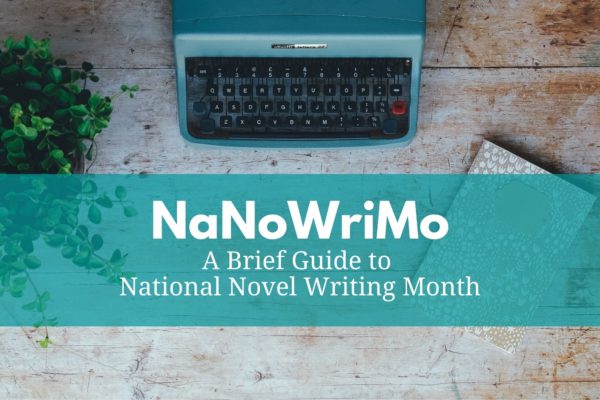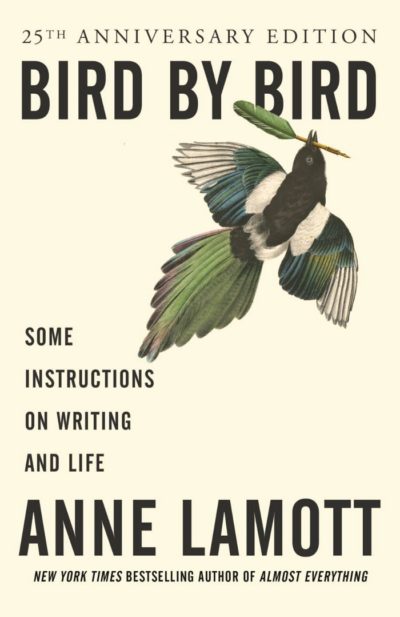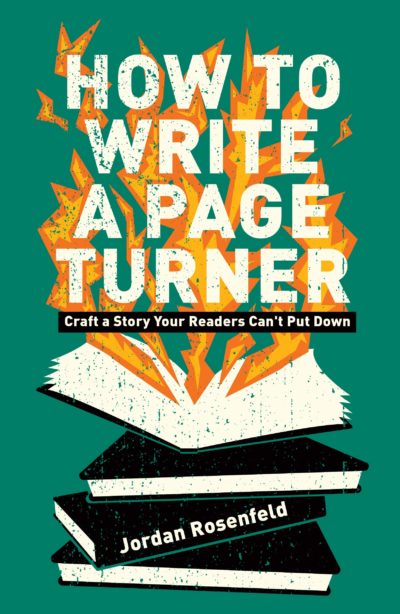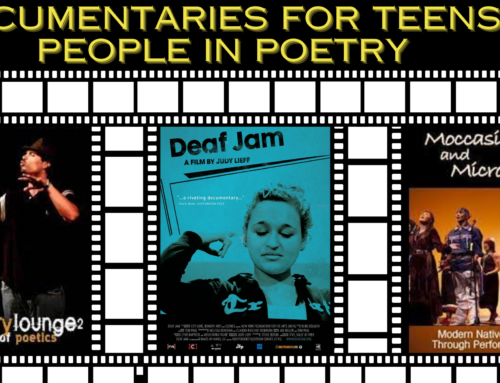
NaNoWriMo is here again for another year of plotting, pantsing, and sprinting. Not sure what any of that means? That’s okay, we’ve got you covered.
What is NaNoWriMo?
National Novel Writing Month, or NaNoWriMo, occurs every November and encourages participants to write a total of 50,000 words before the end of the month. Sounds like a lot of words? It is! 50,000 words is the average minimum for when a story is marketed as a novel rather than a novella. The average Adult Fiction novel can fall into a range of 70,000 to 90,000, though it can also be more or less depending on the genre.
Does NaNoWriMo expect you to write a complete, perfect story in one month? No! But NaNoWriMo is where perfectly messy drafts can be born, and it is open to all, from the veteran author to the first time amateur. The only real requirement is to write.
What Kind of Writer Are You?
Everyone has a different way of learning, which means everyone has a different way of writing. During NaNoWriMo, participants embrace these differences and tout their styles.
Plotters are meticulous storytellers. Before they begin, they know exactly what plot points they want to hit and where they want the story to go. Pantsers, by definition, fly by the seat of their pants. These writers dive straight into the story and go with the flow, ready to let the writing be the captain and just go along for the ride. In more recent years, a combination of these two has shown up: Plantsers. These writers generally have some sort of plan, but they’re also open to seeing where the story wants to take them.
What Are Some Ways to Boost Writing Focus?
Writing 50,000 words in a month is hard. There’s a reason there’s a whole challenge devoted to it! But through years of commiserating and community during NaNoWriMo, participants have found many ways to help keep themselves on track.
Word Sprints are a popular method within the writing community. A word sprint is setting a timer and just focusing on writing in a concentrated burst during a short period of time. Word sprints can be anywhere from just a few minutes to maybe even twenty minutes! Focusing in short spurts and just getting the words out without overthinking them takes perfectionism out of the way and helps hone concentration.
Another similar method is word crawls. Where word sprints are short, concentrated bursts, word crawls are like marathons and obstacle courses. The internet is full of word crawls, where essentially you are doing a variety of different writing tasks to keep things short and interesting while still slowly raising your word count. These can be timed writing for five minutes, or try to write with your eyes closed, or take your time and just write 100 words. For people who love the successful feeling of crossing an item off a To-Do List, this method works great!
What Other Resources Are Available?
Not ready to take the writing plunge? Want to do some brushing up or hone your craft? No matter your experience, Charles County Public Library has the resources to help you along your journey! Here are five to get you started:

Bird by Bird: Some Instructions on Writing and Life by Anne Lamott
“Thirty years ago my older brother, who was ten years old at the time, was trying to get a report on birds written that he’d had three months to write. [It] was due the next day. We were out at our family cabin in Bolinas, and he was at the kitchen table close to tears, surrounded by binder paper and pencils and unopened books on birds, immobilized by the hugeness of the task ahead. Then my father sat down beside him, put his arm around my brother’s shoulder, and said. ‘Bird by bird, buddy. Just take it bird by bird.'”
With this basic instruction always in mind, Anne Lamott returns to offer us a new gift: a step-by-step guide on how to write and on how to manage the writer’s life. From “Getting Started,’ with “Short Assignments,” through “…First Drafts,” “Character,” “Plot,” “Dialogue.” all the way from “False Starts” to “How Do You Know When You’re Done?” Lamott encourages, instructs, and inspires. She discusses “Writers Block,” “Writing Groups,” and “Publication.” Bracingly honest, she is also one of the funniest people alive.
If you have ever wondered what it takes to be a writer, what it means to be a writer, what the contents of your school lunches said about what your parents were really like, this book is for you. From faith, love, and grace to pain, jealousy, and fear, Lamott insists that you keep your eyes open, and then shows you how to survive. And always, from the life of the artist she turns to the art of life.
Wonderbook: The Illustrated Guide to Creating Imaginative Fiction by Jeff Vandemeer
This all-new definitive guide to writing imaginative fiction takes a completely novel approach and fully exploits the visual nature of fantasy through original drawings, maps, renderings, and exercises to create a spectacularly beautiful and inspiring object. Employing an accessible, example-rich approach, Wonderbook energizes and motivates while also providing practical, nuts-and-bolts information needed to improve as a writer. Aimed at aspiring and intermediate-level writers, Wonderbook includes helpful sidebars and essays from some of the biggest names in fantasy today, such as George R. R. Martin, Lev Grossman, Neil Gaiman, Michael Moorcock, Catherynne M. Valente, and Karen Joy Fowler, to name a few.
How To Write a Page Turner: Craft a Story Your Readers Can’t Put Down by Jordan Rosenfeld
Tension is the heart of conflict, the backbone of uncertainty, the hallmark of danger. It keeps readers guessing and characters on their toes. When you’ve got tension in place, stories leave readers breathless and wanting more. When it’s missing, scenes feel inconsequential, plots drag, and characters meander.
Learning the craft of writing can sometimes feel like a paint by numbers approach–connect compelling character A to plot event B. To avoid writing that’s formulaic, predictable, and slow, How to Write a Page Turner will help you sew the threads of tension tight for an unforgettable story. You’ll learn how to:
- Recognize the essential tension elements of danger, conflict, uncertainty, and withholding, and add them to your fiction
- Create levels of tension in your characters through flaws, dialogue, power struggles, and more
- Build tension at energetic markers throughout the plot
- Use intimate imagery, strong sentences, and well-chosen words to build tension in exposition
While this book walks you through the key areas that need tension building, from character to plot, it also delves deeper, analyzing exceptional examples from contemporary fiction’s most gripping page-turners. So as you dive into the inner conflicts of a character’s deepest psyche, to the mechanics of how you reveal information to the reader, you’ll also discover how to craft a story your readers can’t put down!
Reading Like a Writer: A Guide For People Who Love Books and For Those Who Want to Write Them by Francine Prose
A distinguished novelist and critic inspires readers and writers with this inside look at how the professionals read—and write.
Long before there were creative writing workshops and degrees, how did aspiring writers learn to write? By reading the work of their predecessors and contemporaries, says Francine Prose.
As she takes us on a guided tour of the tools and the tricks of the masters—Dostoyevsky, Flaubert, Kafka, Austen, Dickens, Woolf, Chekhov—Prose discovers why these writers endure. She takes pleasure in the signature elements of such outstanding writers as Philip Roth, Isaac Babel, John Le Carré, James Joyce, and Katherine Mansfield. Throughout, she cautions readers to slow down and pay attention to words, the raw material out of which literature is crafted. Written with passion, humor, and wisdom, Reading Like a Writer will inspire readers to return to literature with a fresh eye and an eager heart.
No Plot? No Problem!: A Low-Stress, High-Velocity Guide to Writing a Novel in 30 Days by Chris Baty
Chris Baty, founder of the wildly successful literary marathon known as National Novel Writing Month, has completely revised and expanded his definitive handbook for extreme noveling. Chris pulls from over 15 years of results-oriented writing experience to pack this compendium with new tips and tricks, ranging from week-by-week quick reference guides to encouraging advice from authors, and much more. His motivating mix of fearless optimism and practical solutions to common excuses gives both first-time novelists and results-oriented writers the kick-start they need to embark on an exhilarating creative adventure.









